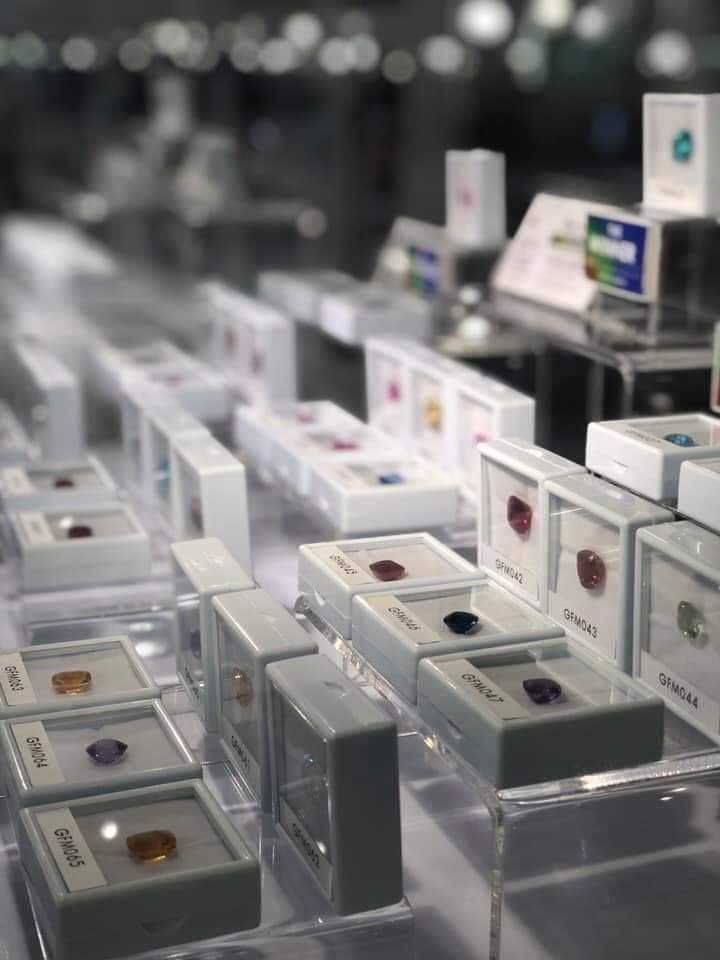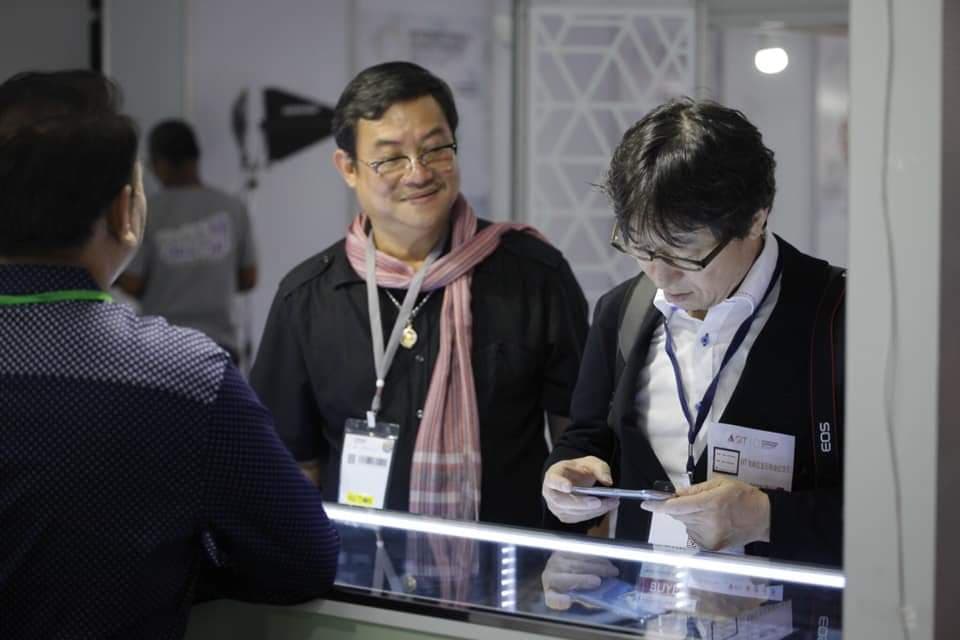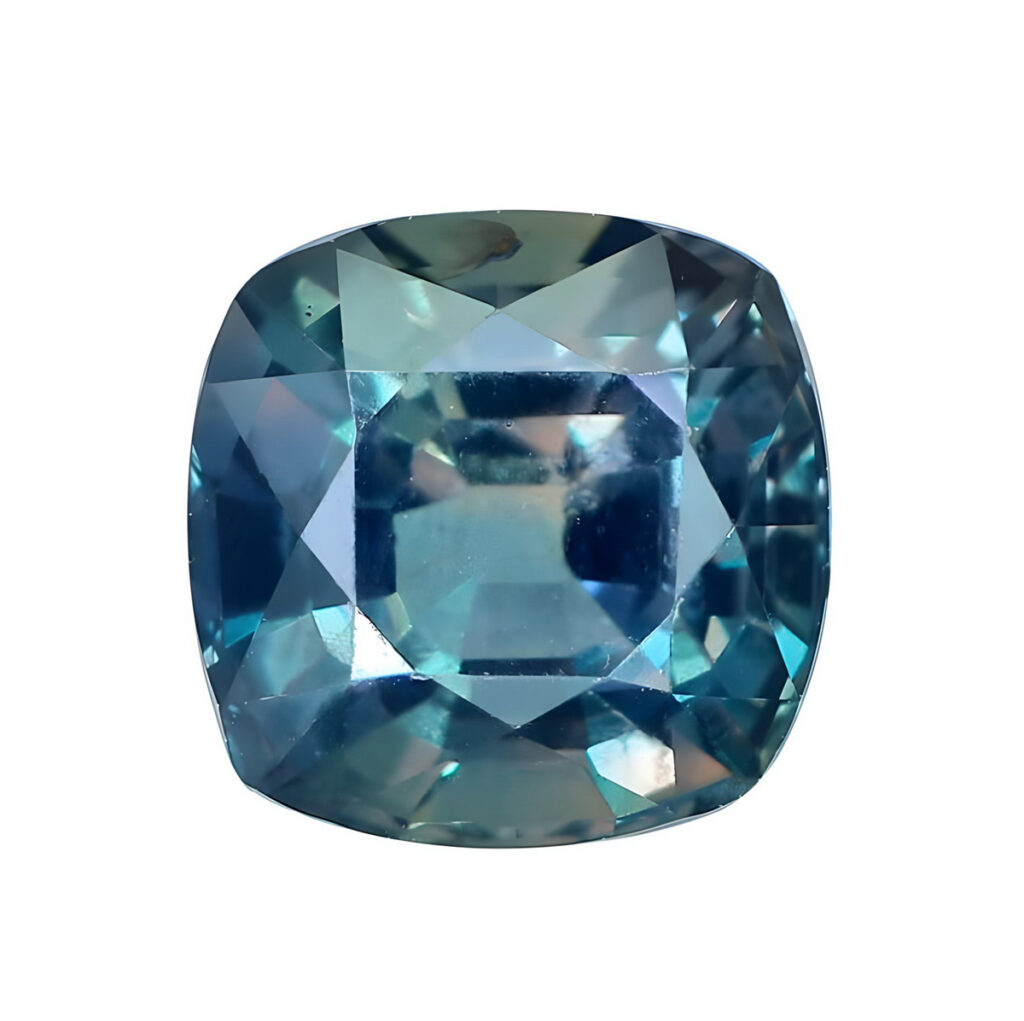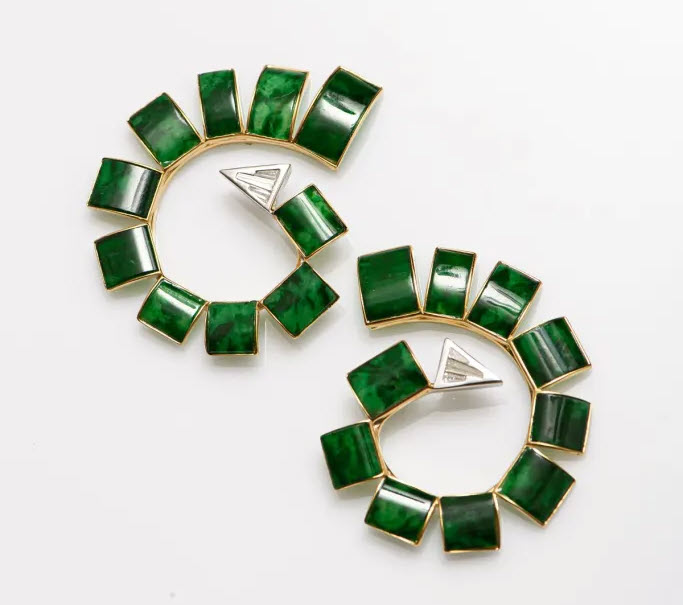Thailand’s gemstone and jewellery sector ended 2019 on a high note, having concluded the year with successful events such as the ICA Congress and the first International Chanthaburi Festival. JNA asks industry experts about trends and developments that could influence the sector in 2020.
Coloured gemstones and finished jewellery are among Thailand’s top-performing export products, accounting for a 6.99 per cent share in the country’s gross exports in 2019. Data from the Gem and Jewellery Institute of Thailand (GIT) showed that overall gem and jewellery exports (excluding gold) rose 6.68 per cent in the first nine months of 2019 from 2018. Shipments to major markets such as Hong Kong and the US however fell by 3.93 per cent and 7.98 per cent, respectively, due to global economic and political challenges such as the US-China trade war and the social unrest in Hong Kong. Weighing in on these developments, industry stakeholders identified major issues that could affect Thailand’s jewellery sector moving forward.
Trade War
The protracted US-China trade row as well as a strong Thai baht could pose further threats to gemstone traders and jewellers. Any development on this front is being monitored by the jewellery trade.
Prida Tiasuwan, founder of Thailand-based Pranda Group, said a massive trade diversion will likely boost Thai exports to the US. “China has a lot of empty capacity due to business loss with the US, and will be hungry to go for other markets such as Europe, particularly for silver jewellery. What we produce for the US is very different from what’s intended for the European market. This means we have to re-evaluate our stock in terms of gemstone colour and sizes. The transition in 2020 will be immense.”
Despite slower export growth in 2020 due to continued market volatility, industry leaders remain positive, citing trade redirection, particularly in emerging markets.
Jeffrey Bergman of 8th Dimension Gems said traders are optimistic about expanding their customer base in China amid the economic slowdown since there is still huge growth potential in this sector.
Henry Ho, president of the Jewelry Trade Center (JTC) in Bangkok, commented, “The overall global economy is sluggish and Bangkok is no exception. The industry is going through a transformative process with increased competition and shrinkage. Creativity, innovation, technology and specialisation are key to driving stronger growth.”

Photo Courtesy of Sumed Prasongpongchai.
Lab-grown diamonds
Duangkamol Jiambutr, director of GIT, noted that labgrown diamonds, which had gained popularity among young consumers in the past year, will slowly replace demand for mined diamonds in some jewellery sectors.
JTC’s Ho echoed this sentiment, saying that non traditional stores and newcomers in the business will use lower-priced lab-grown stones over natural melee diamonds since it’s more profitable. He added that some buyers prefer “bling and affordability” and opt for fashion pieces as opposed to fine jewellery. He also said Thailand could become an alternative diamond hub in Asia owing to political challenges in Hong Kong.
Tiasuwan meanwhile stated that lab-grown diamonds, which are less expensive and can be available in different colours, may also affect the coloured gemstone sector. “We should adopt the diamond industry’s approach that natural coloured gemstones are not infinite. Gemstone industry players have to come together and promote natural gemstones as a whole,” he added.
Tightening Supply
The Thai industry now mostly relies on imported coloured gemstones. According to Chanthaburi based gemstone manufacturer and trader Phuket Khunaprapakorn, the sector faces global shortage of raw materials. “With growing demand for rubies, sapphires and emeralds outstripping supply, customers are adjusting their buying behaviour. Many will continue to buy and hold on to their goods.”
Bergman pointed out that Chinese jewellers are realising that they cannot expand their retail sales due to lack of supply unless they start promoting colour- and clarity-enhanced rubies and sapphires. Since treated emeralds are widely accepted in the trade, he said “it is only logical and practical to apply the same standards to rubies and sapphires.”

Social responsibility, traceability & transparency
As consumers continue to value products from responsible sources, companies are obliged to adopt fair and ethical practices to stay competitive and increase customer confidence. GIT said it will incorporate blockchain technology in its gemstone testing to provide traceability beginning 2020. Tiasuwan of Prada meanwhile remarked that many companies in Thailand have partnered with the Responsible Jewellery Council (RJC) and adopted a standard code of practice aimed at addressing sustainability issues.
Anthony Brooke, vice president of the Thai Gem and Jewellery Traders Association, for his part, said the association is working with RJC and the World Jewellery Confederation or CIBJO to educate small and medium sized enterprises in Thailand on social responsibility.
Some however view this growing trend of social responsibility, traceability and transparency as challenging. For instance, the coloured gems supply chain is extremely fragmented and complex compared to that of diamonds, making blockchain implementation difficult. Brooke, who’s also CEO of gemstone miner Richland Resources, commented, “Blockchain is potentially good for large miners. Finding a method for small-scale miners to encompass issues such as costs and technology is a challenge.”
Digital technology & online platforms
Digital technology is at the forefront of transforming jewellery businesses, with a greater shift to social media and online platforms to market gems and jewellery. Technology-driven ecommerce has subsequently affected traditional retail stores, which find it hard to compete on all fronts. Omnichannel marketing will become even more important for the gem and jewellery business in the digital era, according to Jiambutr of GIT. She also emphasised using online marketing and payment to further adapt to consumers’ fast-paced lifestyles.
Businesses will likewise have to differentiate themselves from the competition through unique gem and jewellery pieces that come with a story as millennials continue to search for greater personalisation.
Auctions & tenders
With tightening supply, tenders and auctions are likely to become an important avenue for traders to route their goods to the market. The International Chanthaburi Gems and Jewellery festival held its first seal-bid auction in 2019. Companies such as international diamond brokerage and tender house Bonas, which is currently building its credentials and expertise in the coloured gemstone sector, also held a tender in Bangkok and is scheduled to hold another one with support from the Department of International Trade Promotion of Thailand (DITP) and Asia Gem Center. DITP commented, “We expect that this activity will increase the number of new clients for both Bangkok Gems & Jewellery Fair and Bonas, and will also enhance the image of the gem and jewellery industry globally.”
Novel Coronavirus
Amid a rosy outlook, recent events such as the novel coronavirus outbreak, which originated in Wuhan, China in late December 2019, could have potentially grave effects on the jewellery trade.
Gary Roskin, executive director at International Colored Gemstone Association, said international trade shows in Hong Kong were postponed to later dates as exhibitors rushed to join alternative events to sustain sales. Airlines also cancelled flights to and from Hong Kong and China.
Businesses with ties to China will still feel the impact of the coronavirus outbreak long after a cure is found, he added.
Tiasuwan meanwhile cited fewer tourists in Thailand, with consumers around the world generally avoiding shopping districts. This however will bode well for online businesses. “In terms of manufacturing and export, China’s production base may be viewed as highly unstable, giving Thailand a chance to benefit from this business diversion,” he added.
GIT, for its part, also raised concerns over the dwindling number of visitors from China and other countries in Thailand. Citing industry estimates, it said Thailand will lose roughly THB300 billion (around US$9.5 billion) in tourism earnings in the first half of 2020.
The number of foreign traders from China, Hong Kong and Europe, who deal with coloured stones in Chanthaburi also dropped. “Thai entrepreneurs are trying to manage their inventory and looking for ways to reduce the impact by offering mass-produced goods, cheaper prices and stocking high-value goods for possible sale in the future,” GIT’s Jiambutr added.

Disclaimer: This story was written by Isabella Yan, published for the JewelleryNet (JNA) March 2020 publication. The JewelleryNet is a global B2B online community that brings together professional buyers and sellers in a comprehensive digital platform powered by the Jewellery Group of Informa Markets.
62-65-Market-Intelligence-Thailand_JNA-MarApr20-2











